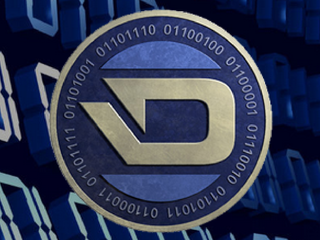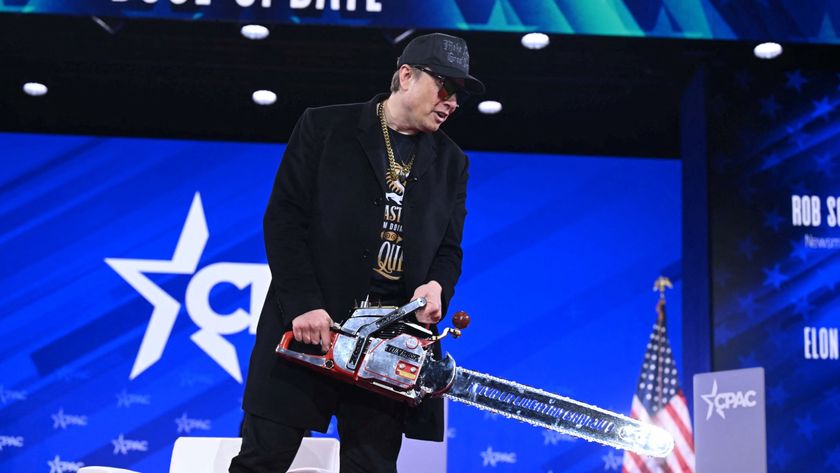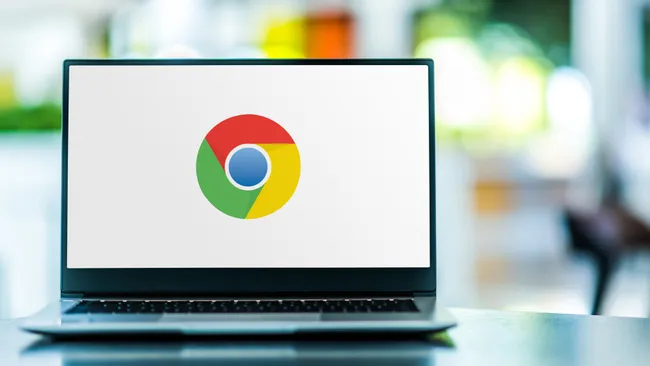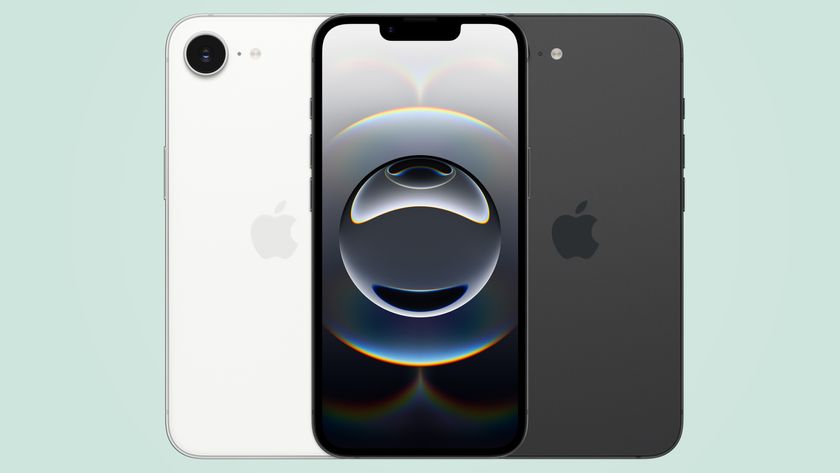What is Darkcoin? An FAQ
Darkcoin is a new cryptocurrency that promises even more privacy and anonymity than Bitcoin. How does it work? And why should you care?

Darkcoin — it sounds like something out of a 1980s cyberpunk novel. But Darkcoin is a real digital currency, and it's an even more private alternative to the better-known Bitcoin. Plus, Darkcoin is booming, in both popularity and value.
Why is it suddenly doing so well? And why should you care? Here's everything you need to know about Darkcoin.
MORE: What is Bitcoin?
What is Darkcoin?
Darkcoin is a cryptocurrency — a digital, decentralized, secure payment method that is designed to keep its users' identity secret. The "coins" are denoted by a digital signature and are recorded in a public ledger, so they can't be forged. Bitcoin was the first cryptocurrency, debuting in 2009.
Cryptocurrencies are independent of governments. For many people, this is cryptocurrencies' greatest advantage over government-regulated currencies, making them very popular among people skeptical of government authority. The anonymity and difficulty of tracing cryptocurrency exchanges also makes them popular among online criminals.
Darkcoin was created in January of this year by Evan Duffield and Kyle Hagan. Currently, one Darkcoin is worth about $7. Only a month ago, though, one Darkcoin was worth only about 75 cents. It's a sign of how quickly this currency's popularity has exploded in recent weeks.
If we already have Bitcoin, why do we need Darkcoin?
Bitcoin may not exist in the way cryptocurrency advocates want it to. The U.S. Federal Reserve is rumored to be looking into ways to regulate Bitcoin, which many Bitcoin users consider antithetical to the cryptocurrency's entire purpose: to be a decentralized, independent currency.
Sign up to get the BEST of Tom's Guide direct to your inbox.
Get instant access to breaking news, the hottest reviews, great deals and helpful tips.
With Bitcoin regulation on the horizon, Darkcoin has a few features that make it seem much more attractive.
What makes Darkcoin different from other cryptocurrencies?
Darkcoin is even more private than Bitcoin is, which makes it particularly attractive to people who wish to keep their online activity secret.
One of Bitcoin's built-in features is a public ledger called the blockchain, where every single Bitcoin transaction is recorded and listed for anyone to see. That ledger is anonymous — users can make transactions under a username or alias, and change names for each transaction — but it is not private. Those transactions are still visible and, theoretically, can be traced.
MORE: Dark Wallet May Make Bitcoin Even Harder to Trace
Darkcoin has a blockchain too, but it doesn't precisely reflect every Darkcoin transaction. That's because Darkcoin has a feature called DarkSend, in which all transactions are automatically combined with two other transactions on the public ledger. The combined transaction is recorded as an anonymous transaction on the blockchain.
DarkSend is enabled by default, but it can be disabled if users don't want that extra layer of security.
How does DarkSend work?
DarkSend is a peer-to-peer framework, meaning it is not hosted on a single server but rather decentralized and supported by each individual Darkcoin user. These users are referred to as "nodes" in the framework.
The combination of individual transactions into one large, anonymous and private transaction is handled by a master node — a Darkcoin user with elevated privileges. A randomizing "election system" determines which master node will handle which transactions. To encourage master modes to behave themselves, operators must pay 1,000 Darkcoins (DRK) to become one, and then will receive 20 percent of new Darkcoins added to the circulations. (This has been updated from 10 percent after a major Darkcoin update released the weekend of May 24).
Duffield and Hagan have published a white paper, available online, explaining DarkSend in further detail.
What is Darkcoin mining?
Most cryptocurrencies can be acquired either by trading with other currencies or "mining" them. Like mining metal to make physical coins, mining cryptocurrency involves adding more units to the money supply in circulation, essentially creating new money.
For cryptocurrencies like Bitcoin and Darkcoin, mining means setting computers to the task of solving an increasingly complicated set of algorithms. The results produce unique digital signatures, each representing a single "coin" (there are no physical cryptocurrency coins), and these signatures are registered to the blockchain to prevent fraud. These algorithms become more difficult and demand more resources over time, in order to slow inflation.
Darkcoin has a more efficient mining algorithm than Bitcoin, which puts less strain on the computers running it, so it requires less-advanced hardware than Bitcoin mining usually does.
Further, the dividends from cryptocurrency mining are usually designed to decrease over time, to slow inflation. Darkcoin implements a more gradual curve of decreasing mining returns than Bitcoin does, to prevent miners from experiencing sudden drops in their earnings.
Is Darkcoin illegal?
No, there's nothing inherently illegal about Darkcoin.
However, Darkcoin's anonymity and privacy naturally make it very popular with cybercriminals, and it would be naïve to suppose that Darkcoin's surging popularity isn't due, in large part, to the criminals flocking to it.
Though not many online stores (both legal and illegal) take Darkcoin, some criminals use Darkcoin as a Bitcoin money laundering service, trading Bitcoin into Darkcoin and then back to Bitcoin, Wired reports.
Where can I get Darkcoin?
You can download the "wallet," or Darkcoin client software, from its official website. Darkcoins can be purchased through one of many exchange services, or you can go about mining your own Darkcoin by following the instructions on the website.
Email jscharr@tomsguide.com or follow her @JillScharr and Google+. Follow us @TomsGuide, on Facebook and on Google+.
Jill Scharr is a creative writer and narrative designer in the videogame industry. She's currently Project Lead Writer at the games studio Harebrained Schemes, and has also worked at Bungie. Prior to that she worked as a Staff Writer for Tom's Guide, covering video games, online security, 3D printing and tech innovation among many subjects.
-
catswold Why is this advertisement for Darkcoin posted in the news story section of Toms Hardware Review?Reply
Why not do the same thing with DOGE, or Litecoin, or Maxcoin, or any of the myriad (~400) of alt-coins? Fedora Coin (TIPS) has had anonymous transaction capability for 3 or 4 months--far longer than Darkcoin--why not do a story on them.
This reads like someone who has a lot of Darkcoins looking to drive up prices for a classic "pump-and-dump." -
virtualban I liked Primecoin for no other reason than it's calculations being advertised as more useful than simply keeping the network alive. As the name implies, finding prime numbers. Maybe there could be a cryptocurrencly based on Folding@Home or any similar distributed computing system already in place.Reply



